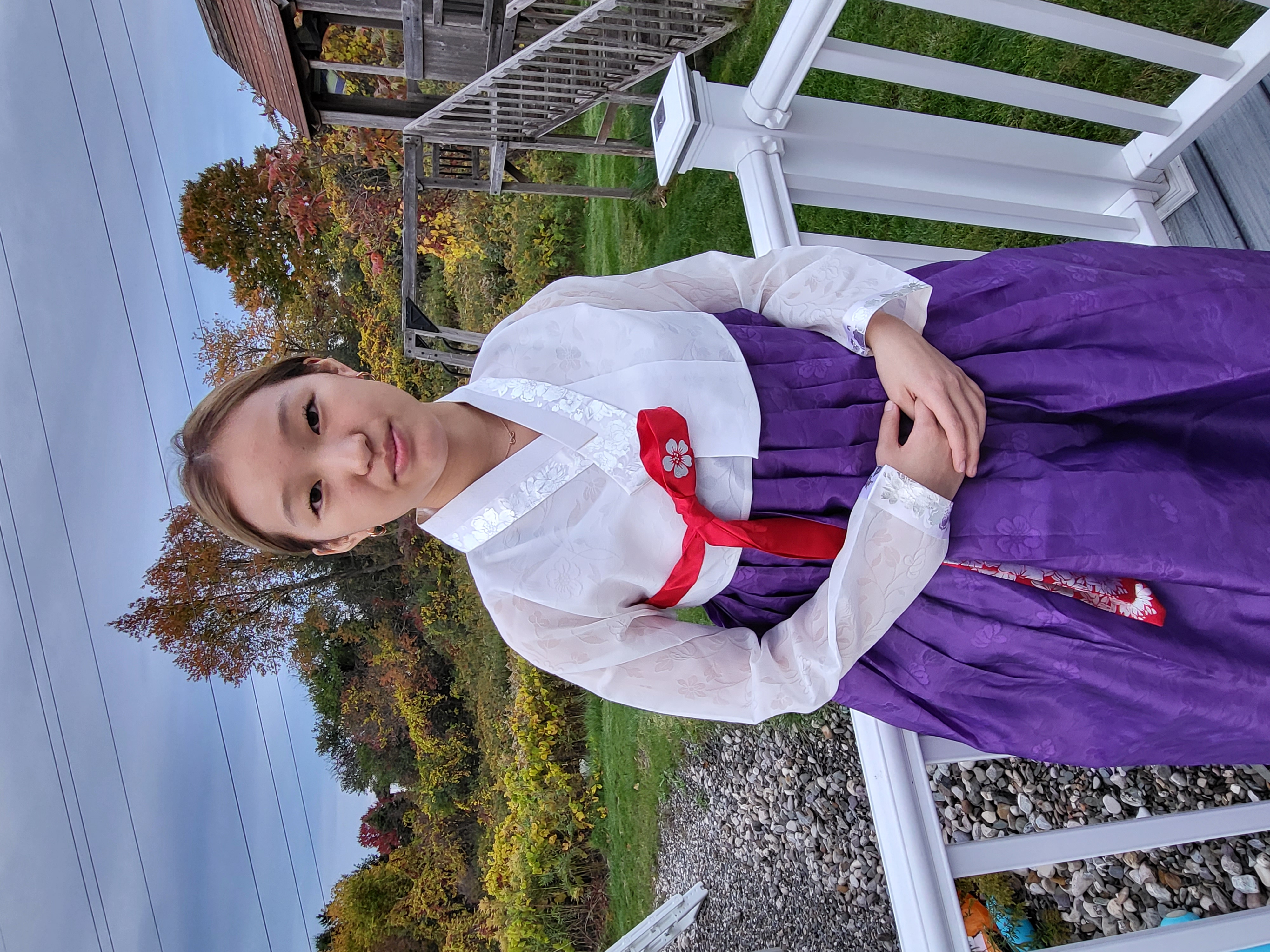Member Nation : Korea

The Korean Association of Albany Inc.
Its size of membership is over 1,000
people in the capital district area with
a few settled in early 1960’s and 1970’s,
and larger numbers came in this area
around 1980’s 1990’s.
President : Kyungui Faust,
The Korean Association of Albany, Inc.
Culture
Ethnic Cuisine
Koreans traditionally believe that the taste and quality of food depend on its spices and sauces, the essential ingredients to making a delicious meal. Therefore, soybean paste, soy sauce, gochujang or red pepper paste and kimchi are some of the most important staples in a Korean household.
Korean cuisine is probably best known for kimchi, a side dish which uses a distinctive fermentation process of preserving vegetables, most commonly cabbage.
Bulgogi (roasted marinated meat, usually beef), galbi (marinated grilled short ribs), and samgyeopsal (pork belly) are popular meat entrees.
Meals are usually accompanied by a soup or stew, such as galbitang (stewed ribs) or doenjang jjigae (fermented bean paste soup). The center of the table is filled with a shared collection of sidedishes called banchan.
nstant noodles or ramyeon are a popular snack food and Koreans also enjoy food from pojangmachas (street vendors), where customers can buy tteokbokki (rice cake and fish cake with a spicy gochujang sauce), gimbap made of steamed white rice wrapped in dried laver seaweed as well as fried squid and glazed sweet potato. Soondae, a sausage made of cellophane noodles and pork blood, is widely eaten.
Additionally, some other common snacks include "Choco Pie", shrimp crackers, "bbeongtwigi" (puffed rice grains), and "nurungji" (slightly burnt rice). Nurungji can be eaten as it is or boiled with water to make a soup. Nurungji can also be eaten as a snack or a dessert.
Ethnic Clothing
Tourist Attractions
Reference Links
The Korean Association of Albany, Inc. -
http://www.albanykorean.net/
Gallery
 |
 |
|---|---|
~2020~ |
Hannah Park |
~2022~ |
